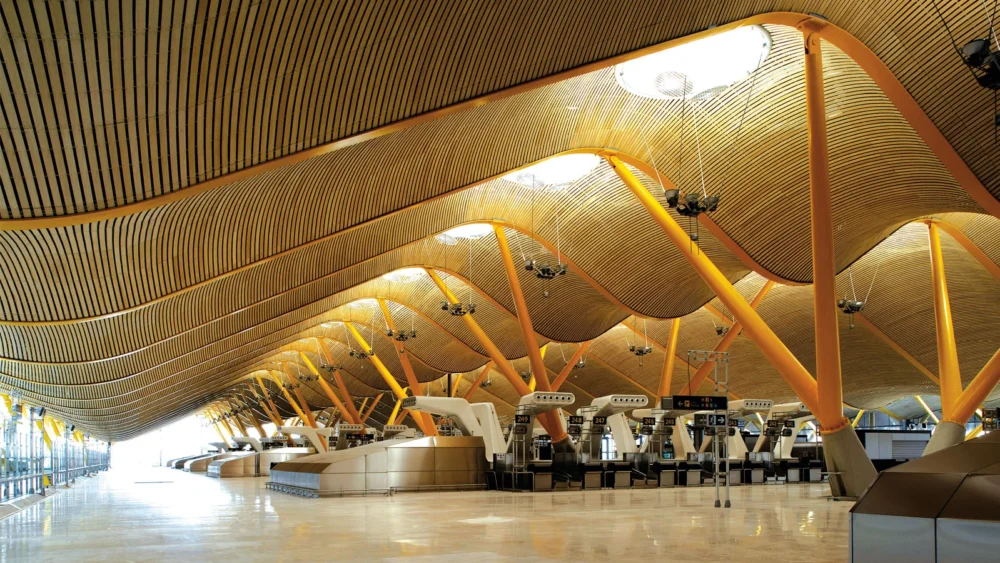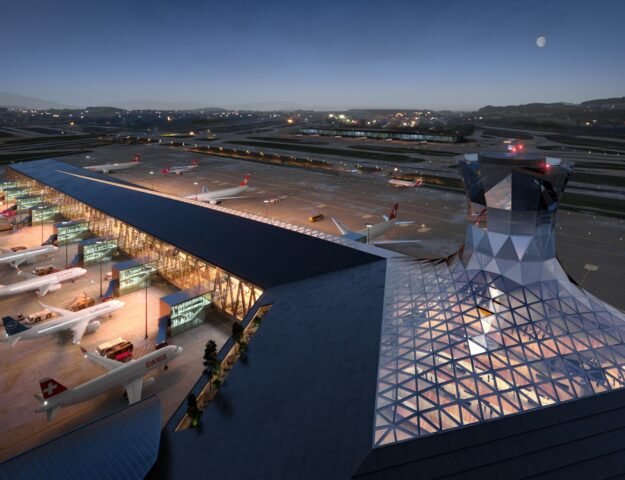Madrid Barajas Airport, officially known as Adolfo Suárez Madrid-Barajas Airport, is a testament to Spain’s modern aviation infrastructure, global connectivity, and economic significance. As the country’s largest and one of Europe’s busiest airports, it plays a vital role in facilitating tourism, business, and trade. In this blog, we explore its history, economic impact, infrastructure, sustainability initiatives, and future prospects.
Historical Evolution of Madrid Barajas Airport
The history of Madrid Barajas Airport dates back to the early 20th century when it was initially an airfield used primarily for military purposes. Recognizing its potential for civil aviation, the airport was officially opened for commercial flights in 1931, marking a significant milestone in Spain’s aviation history. Over the decades, the airport has undergone numerous expansions and renovations, evolving into a world-class aviation hub that meets the growing demands of international travel.
Significance & Economic Impact
Madrid Barajas Airport serves as Spain’s primary gateway, connecting the country to major destinations across Europe, North and South America, Asia, and Africa. Here’s how the airport significantly impacts the Spanish economy:
- Boosting Tourism: Spain is one of the world’s top tourist destinations, and Madrid Barajas is a key entry point for millions of visitors each year. Its connectivity enhances Spain’s thriving tourism sector.
- Business & Trade: The airport facilitates business travel and international trade by connecting Spain with major global markets.
- Employment Generation: The airport provides direct and indirect employment to thousands of individuals, including airline personnel, ground staff, retail workers, and hospitality employees.
- Infrastructure Development: Its strategic location near Madrid makes it an essential transportation hub for travelers exploring Spain and Europe.
If you’re planning to visit Spain, book your flights at the best rates here and experience seamless travel via Madrid Barajas Airport.
Infrastructure & Passenger Amenities
Madrid Barajas Airport boasts a state-of-the-art infrastructure designed to provide a comfortable and efficient experience for travelers. The airport comprises four main terminals:
- Terminal 1 (T1), Terminal 2 (T2), Terminal 3 (T3), and Terminal 4 (T4) – each catering to specific airlines and flight types to ensure smooth operations.
- Modern Design: Terminal 4, designed by renowned architect Richard Rogers, is famous for its innovative structure, advanced technology, and passenger-friendly features.
- Runways & Taxiways: The airport features multiple runways equipped to accommodate a variety of aircraft sizes, ensuring a seamless flow of air traffic.
- Luxury Services & Shopping: Passengers can enjoy duty-free shopping, premium lounges, diverse dining options, car rental services, and other conveniences.
- Mobility Assistance: The airport offers facilities for travelers with reduced mobility, making travel accessible for everyone.
For a comfortable and hassle-free layover, consider booking a luxury airport lounge to relax before your next flight.
Sustainability Initiatives
Madrid Barajas Airport is committed to implementing eco-friendly practices and reducing its environmental impact. Some of its sustainability initiatives include:
- Energy Efficiency: The airport incorporates energy-efficient facilities and vehicles to reduce carbon emissions.
- Renewable Energy Usage: Solar and other renewable energy sources are integrated into airport operations.
- Waste Management: Effective waste reduction and recycling strategies promote a greener environment.
- Community Engagement: The airport collaborates with local organizations to foster environmental awareness and sustainable practices.
If you’re an eco-conscious traveler, check out these sustainable travel essentials to reduce your carbon footprint while exploring the world.
Future Prospects & Expansion Plans
Madrid Barajas Airport continues to evolve to meet the growing demand for air travel. Future development plans focus on:
- Expanding terminal capacity to accommodate more passengers.
- Enhancing security and technological advancements.
- Further reducing the airport’s carbon footprint in line with global environmental regulations.
- Strengthening its position as a leading hub for international air travel.
With these ongoing improvements, Madrid Barajas Airport remains a crucial part of Spain’s economic and cultural landscape, ensuring seamless connectivity for travelers worldwide.
Plan Your Next Trip via Madrid Barajas Airport
Whether you’re visiting Spain for business or leisure, Madrid Barajas Airport offers a world-class travel experience. From efficient connectivity to top-notch passenger services, it stands as a premier gateway to Spain and beyond.
Book your next flight through Madrid Barajas here and start your journey hassle-free!
Stay tuned for more travel insights and guides. Subscribe to our YouTube channel, Travels Chronicles, for exclusive travel content!





